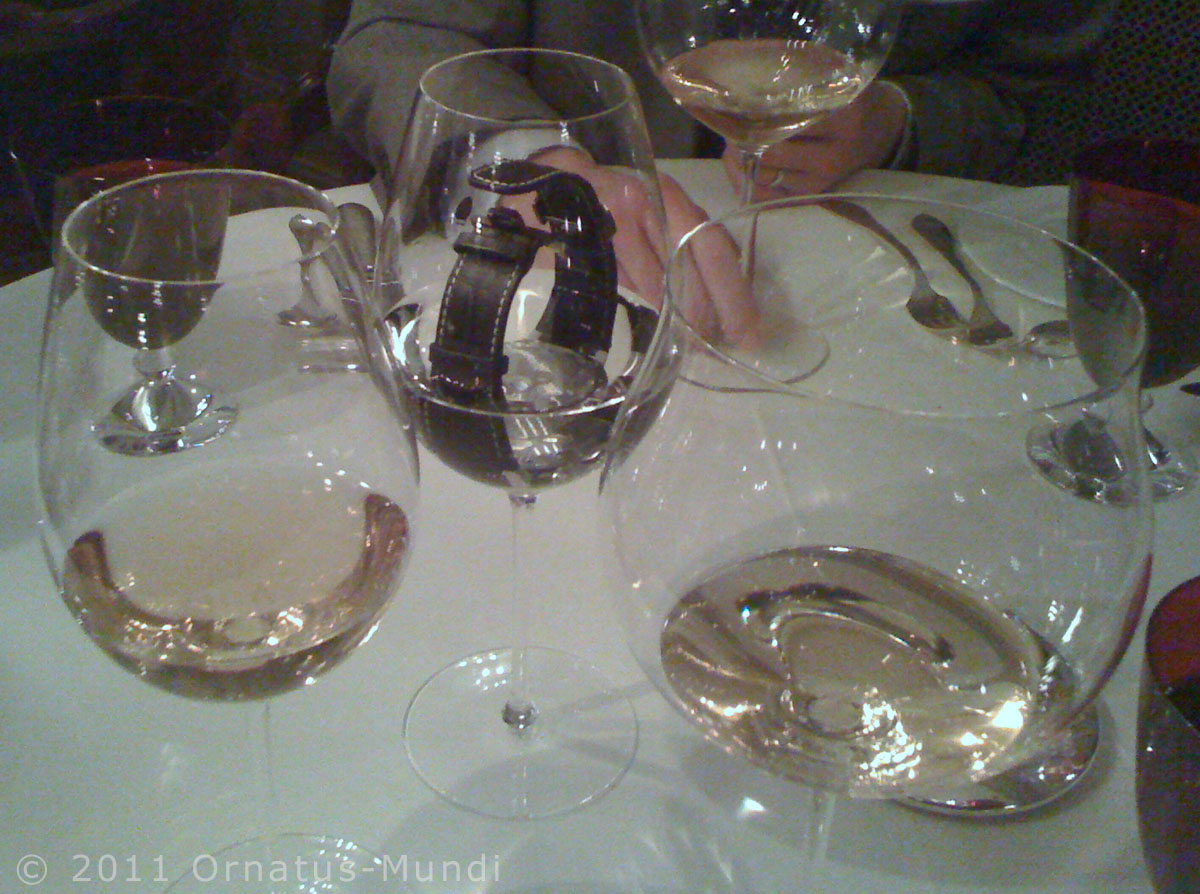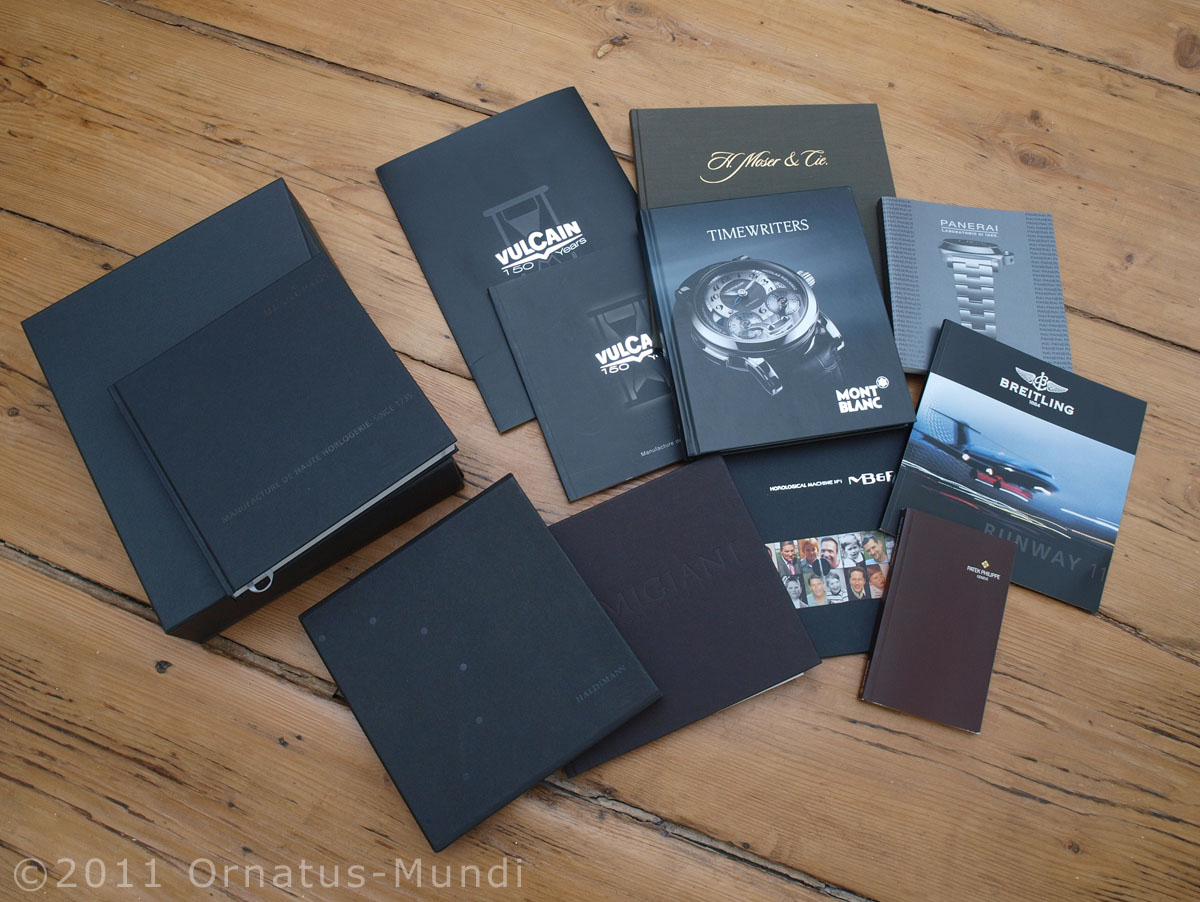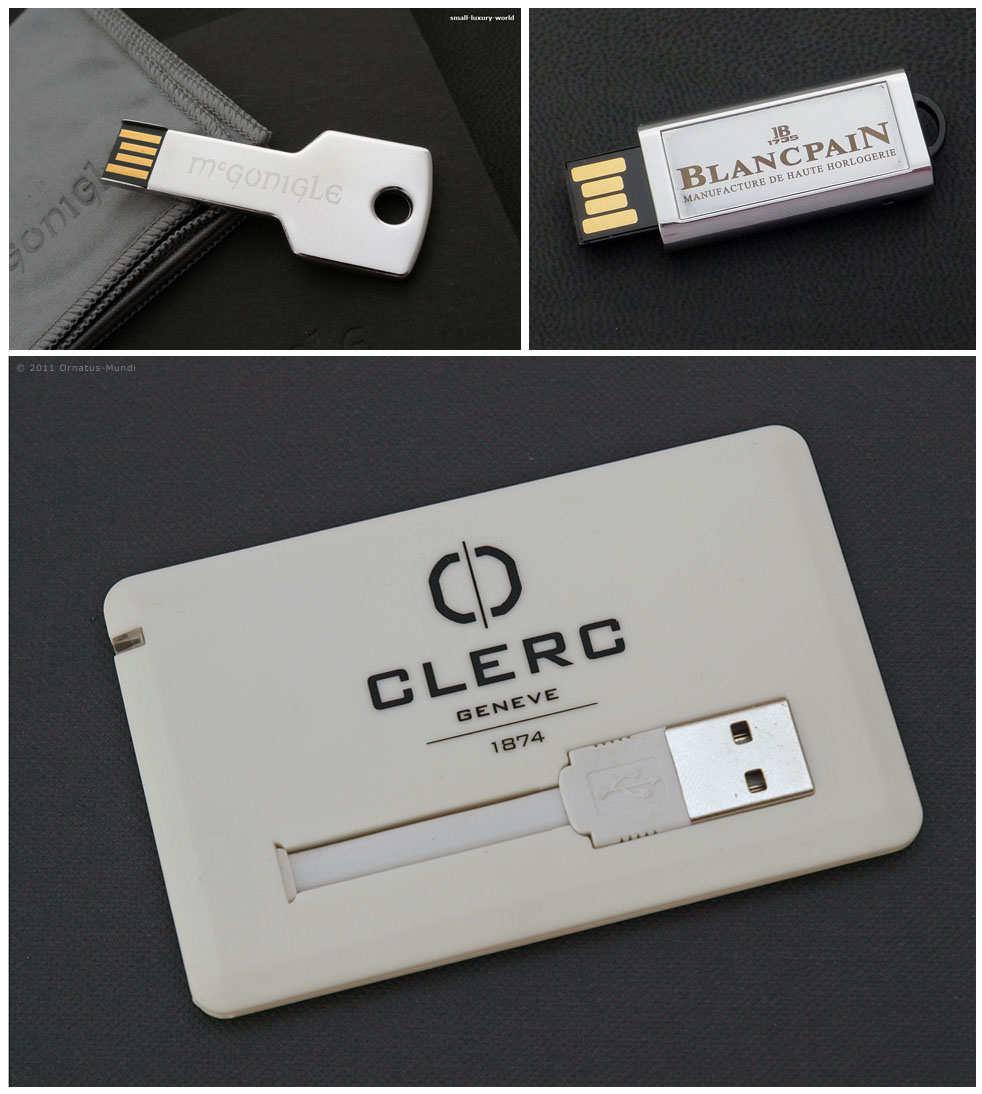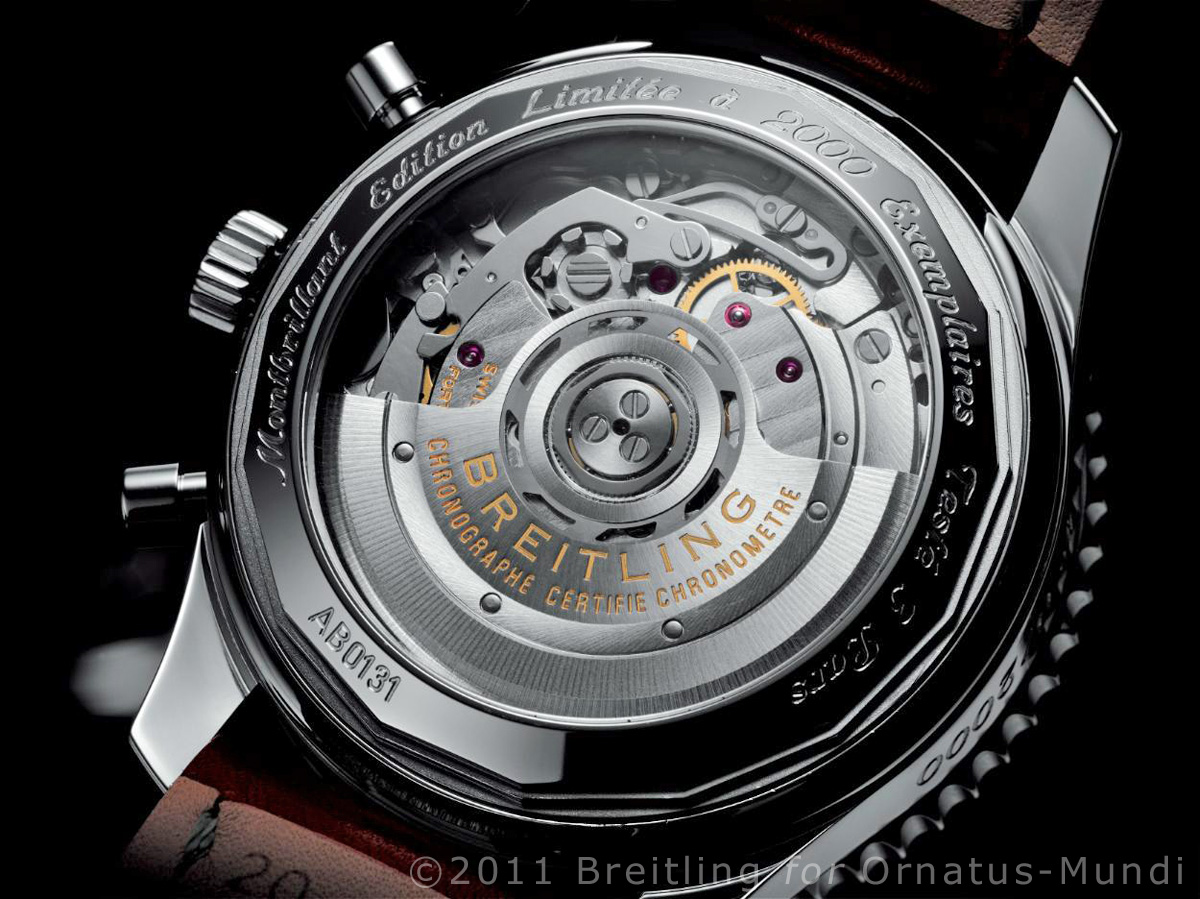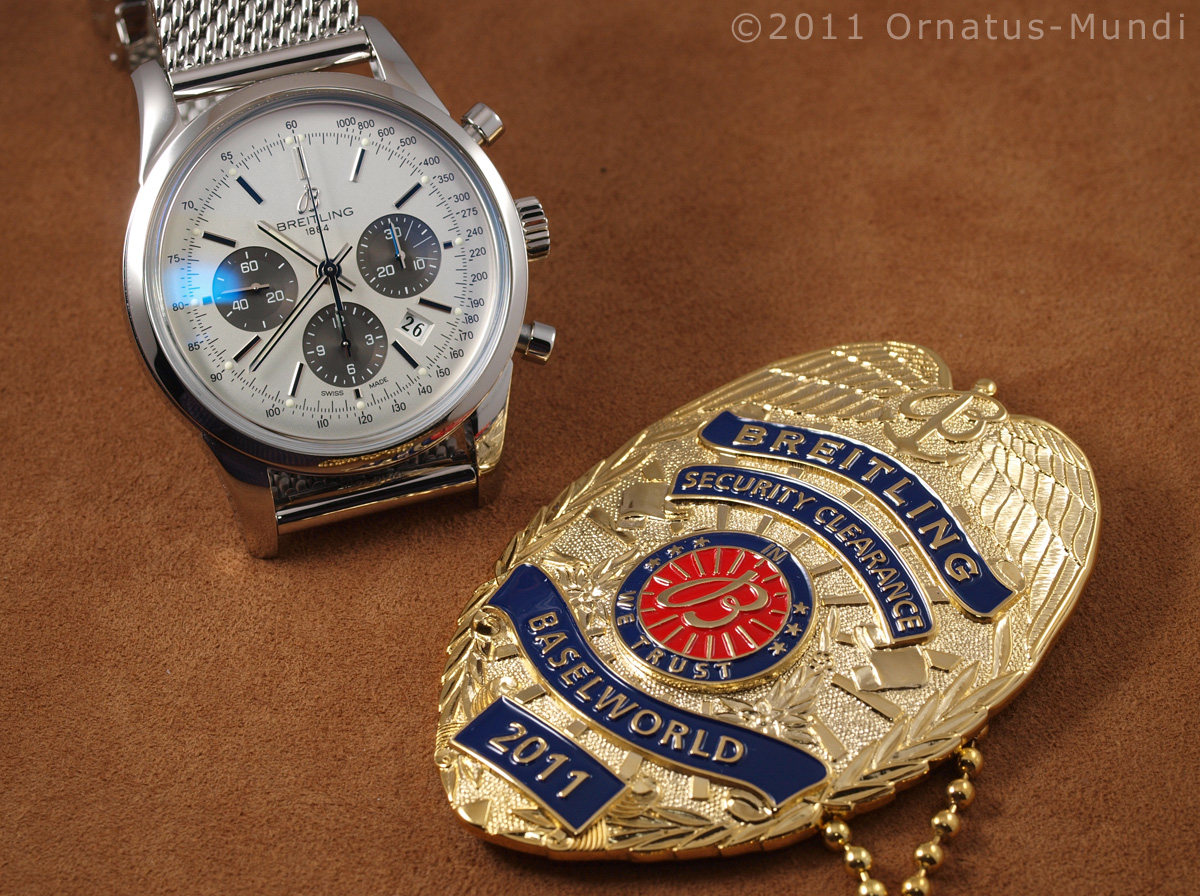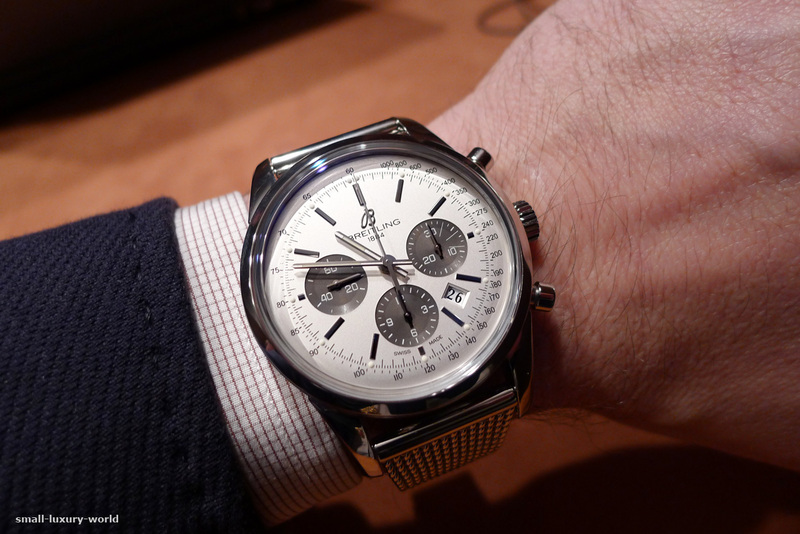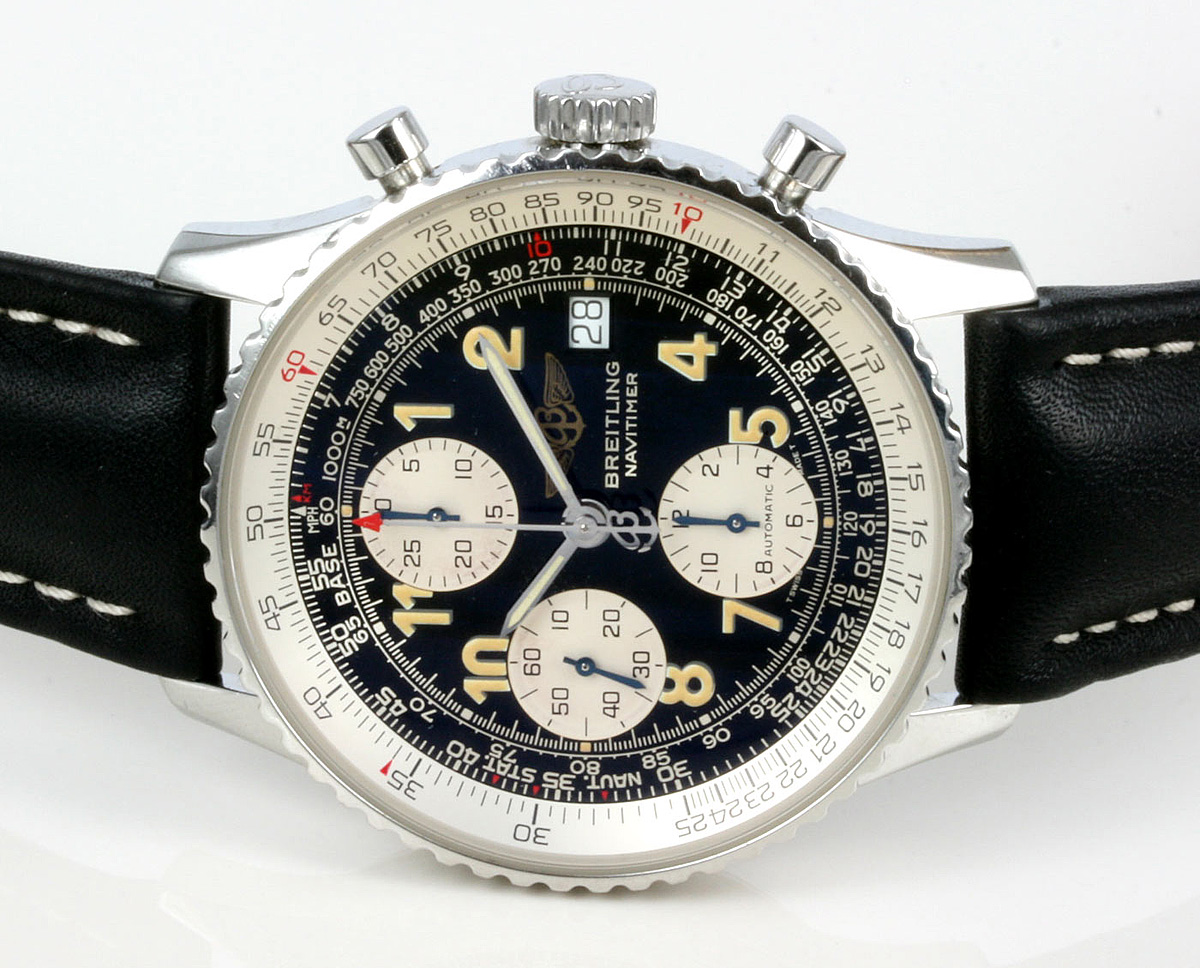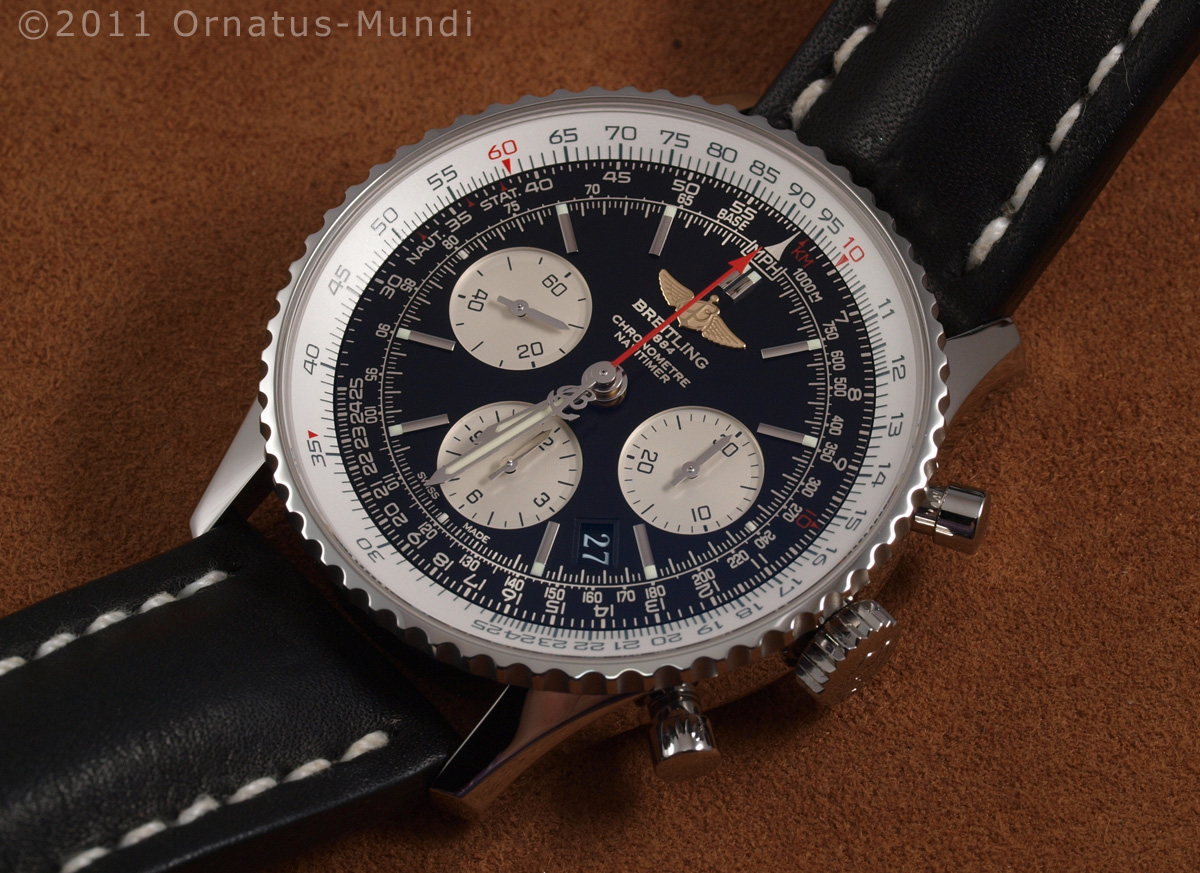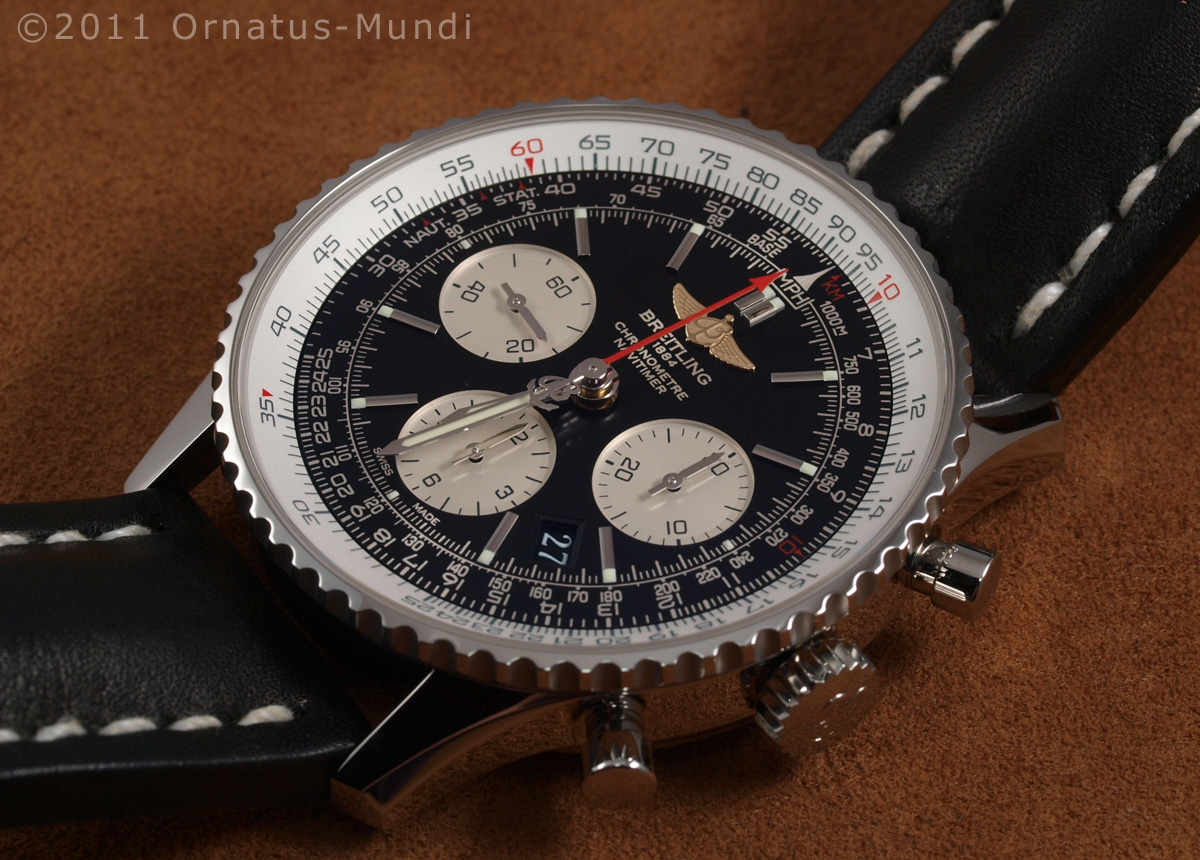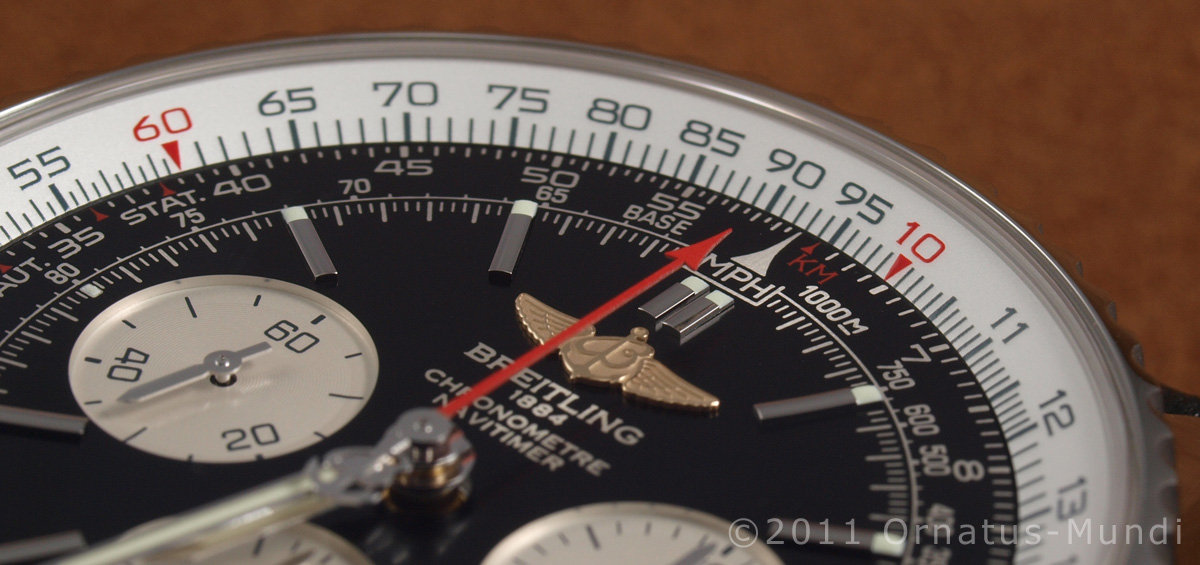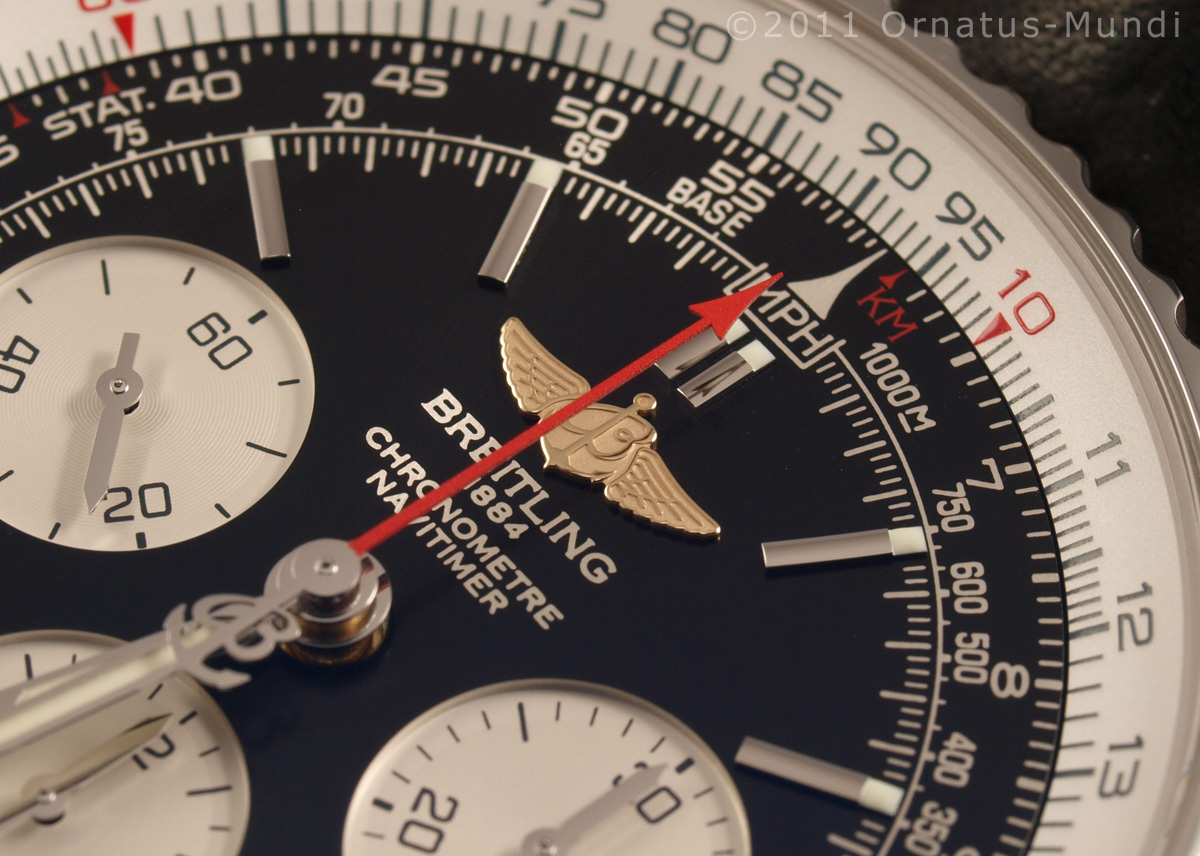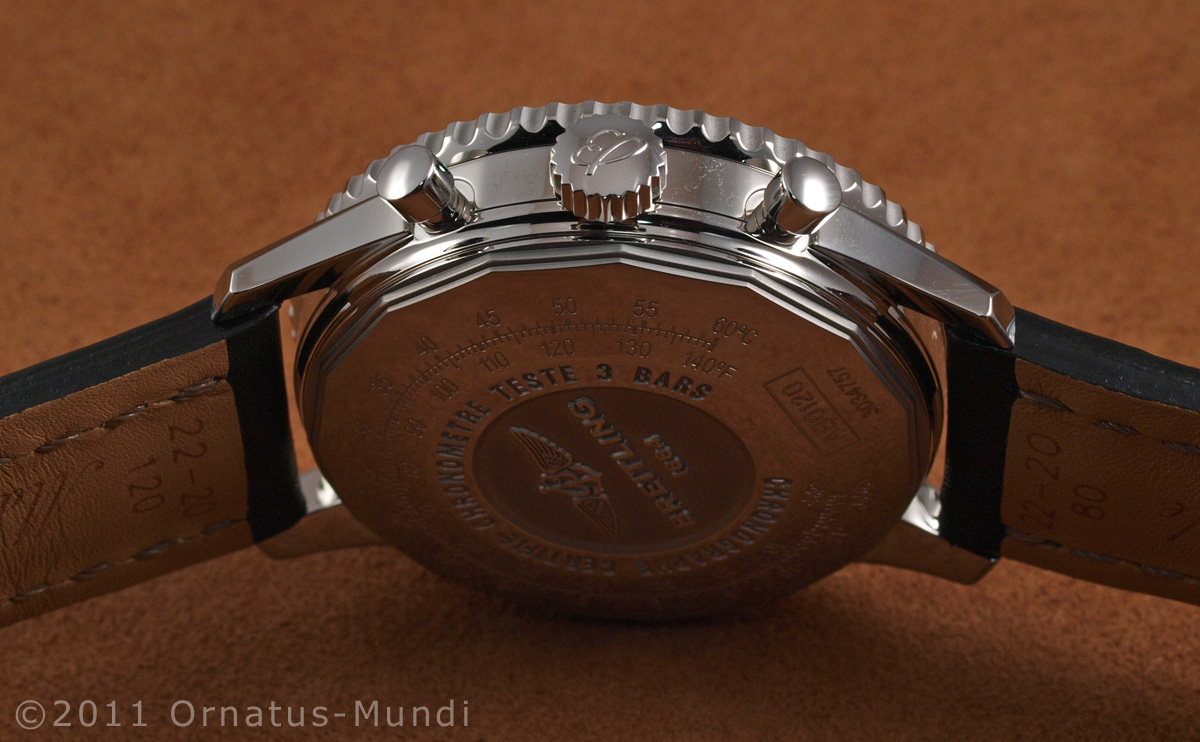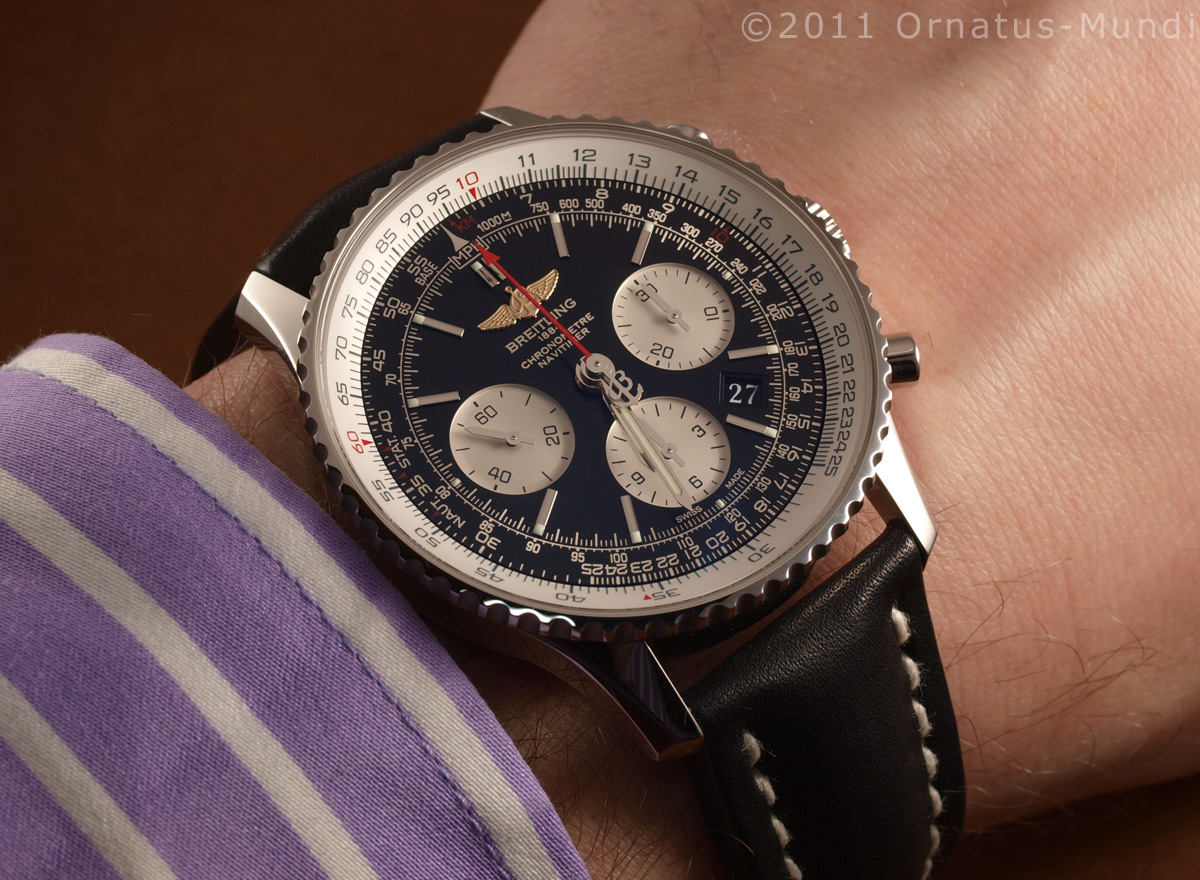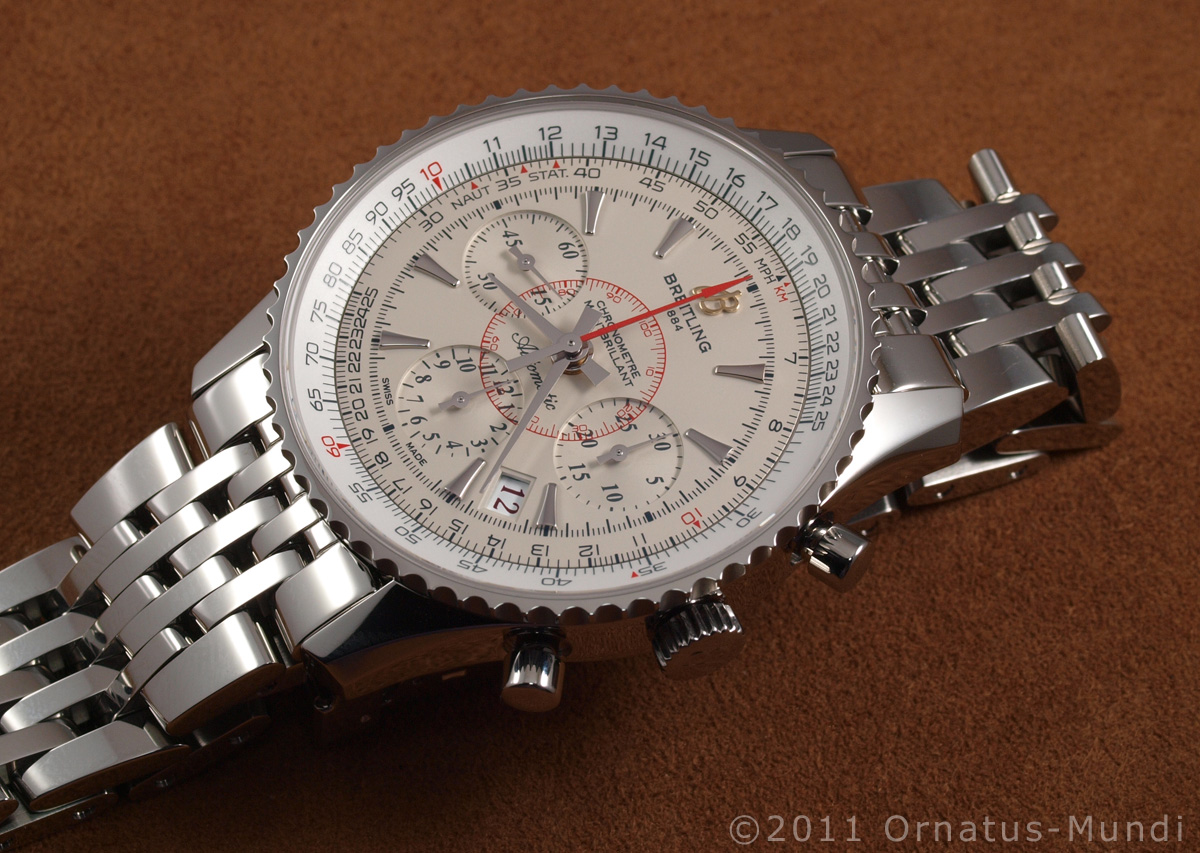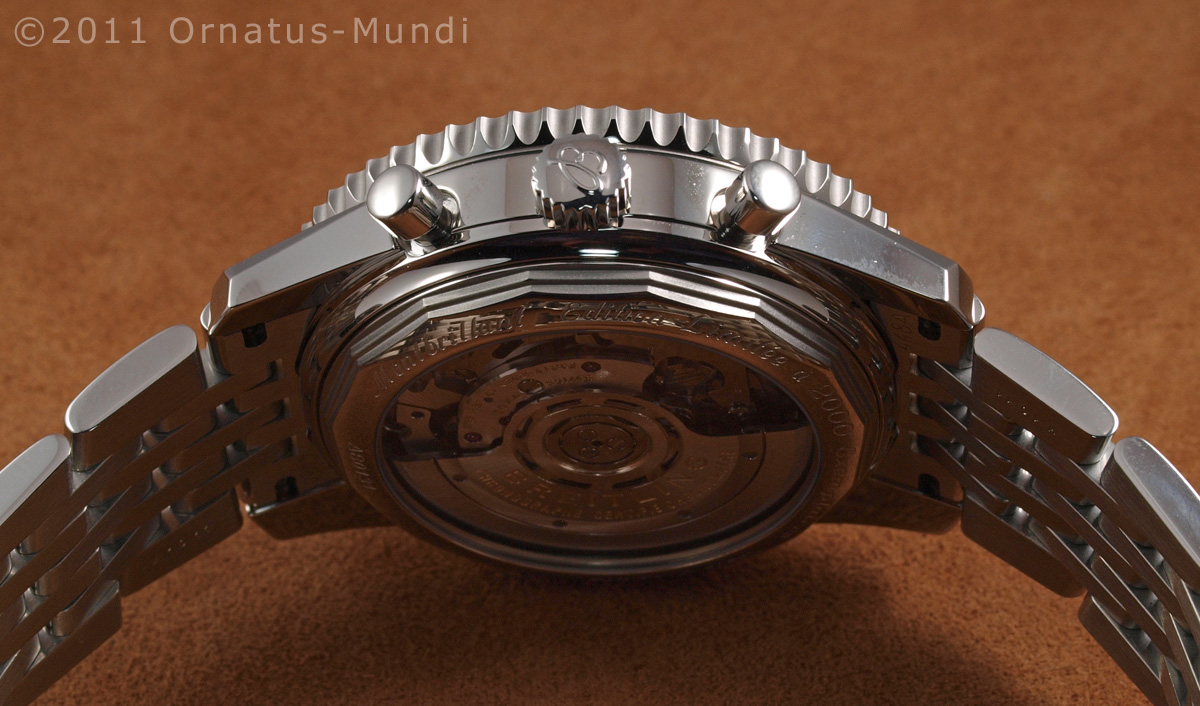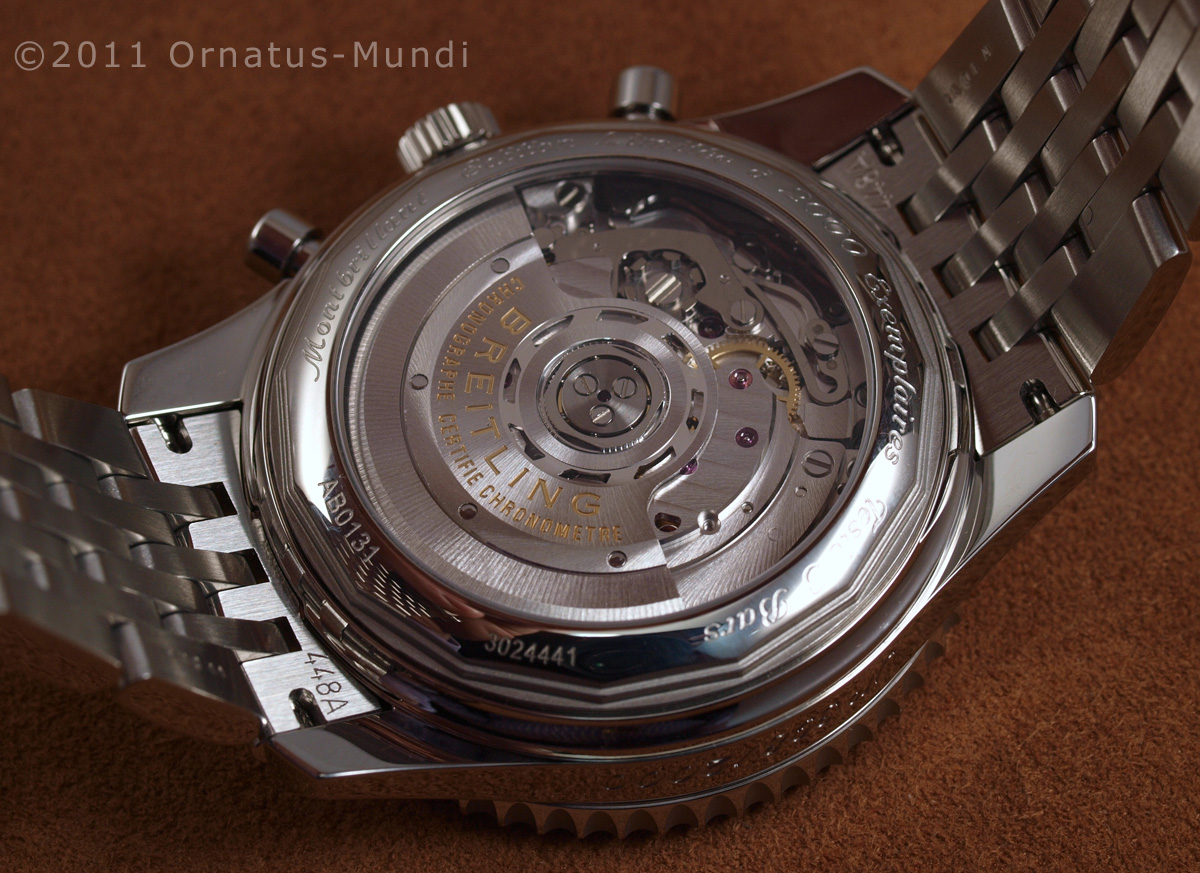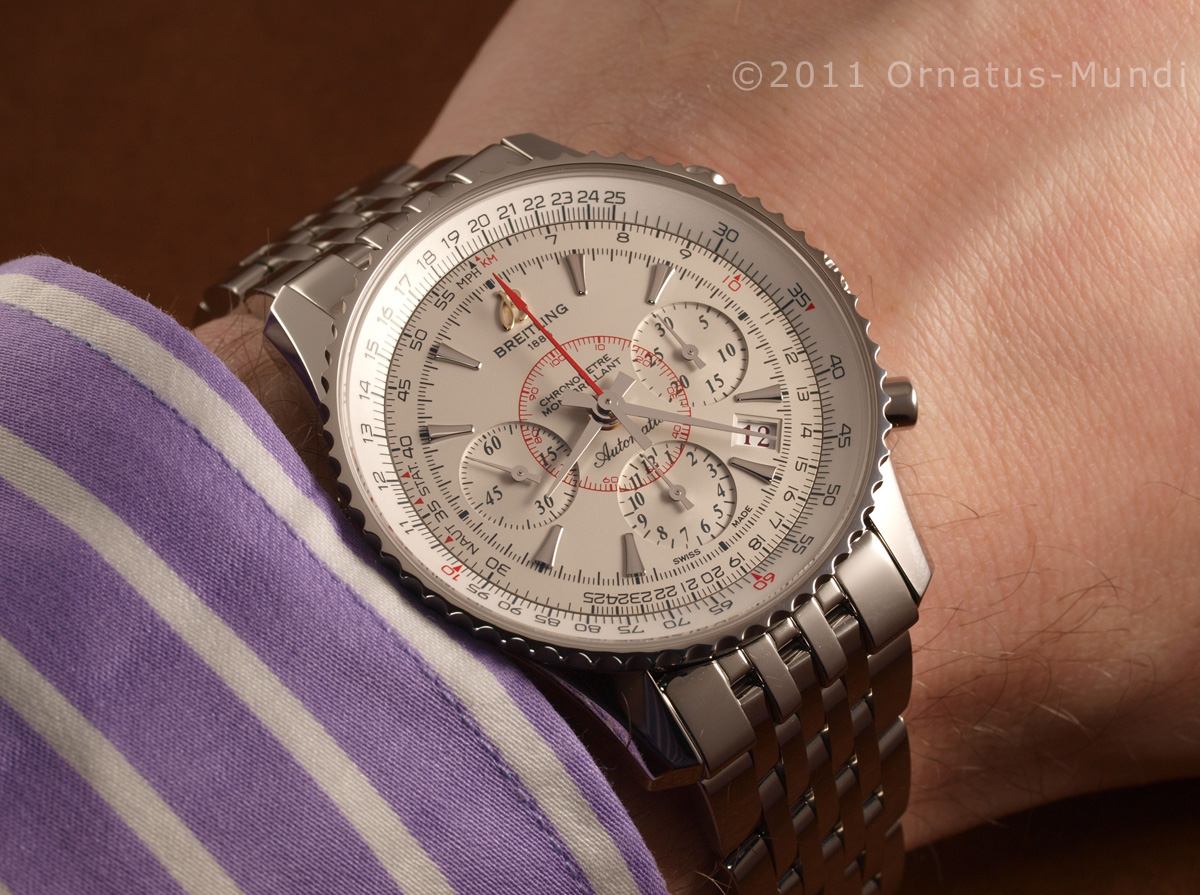Note:
The following is formulated jointly by Magnus and Oliver,
unless otherwise indicated
unless otherwise indicated
In the past Basel was our annual meeting point with fellow watch enthusiast friends and also the place where the much-anticipated collector’s events took place.
Yes, past tense is correct here; is there anybody who does not fondly remember the lovely evenings with Glashuette Original or Blancpain? Long gone!
Yes, past tense is correct here; is there anybody who does not fondly remember the lovely evenings with Glashuette Original or Blancpain? Long gone!
If you walk the corridors of Basel these days, it seems like watch aficionados are more a disturbance than welcome guests at the booths of the ‘big brands’.
Thus, today it makes much more fun to walk around “open minded” and let oneself be drawn to whatever catches one’s fancy.
Thus, today it makes much more fun to walk around “open minded” and let oneself be drawn to whatever catches one’s fancy.
Of course we were keen on seeing the novelties from Kari Voutilainen, the Groenefeld and the McGonigle brothers, Laurent Ferrier and Urban Jürgensen & Sønner... to mention only but a few.
Up front our biggest surprises at Basel 2011 have been Kikuno Masahiro, Clerc, Maurice Lacroix and Paul Gerber – in no specific order.
As this is not the only report from Basel and the whole topic is covered quite well by other authors, we decided to pick our personal “hidden gems” and occasionally add some personal remarks.
Up front our biggest surprises at Basel 2011 have been Kikuno Masahiro, Clerc, Maurice Lacroix and Paul Gerber – in no specific order.
As this is not the only report from Basel and the whole topic is covered quite well by other authors, we decided to pick our personal “hidden gems” and occasionally add some personal remarks.
It was great exercise for us two; we have different backgrounds and different views, look at different aspects of a watch. Natural complements one might say…
That’s always stimulating, entertaining and educative. Nevertheless, at the end of a (watch fair) day, you feel you got drunk with watches.
That’s always stimulating, entertaining and educative. Nevertheless, at the end of a (watch fair) day, you feel you got drunk with watches.
For them, in turn, it must be similar as this escape late in the night demonstrates:
General thoughts
Crisis, what crisis?! The atmosphere was extremely positive; it felt like the economic turbulences have spared the watch industry.
Otherwise it’s difficult to explain the dichotomy in the offerings of the major brands. On the one hand, we observed a pronouncedly lower
risk-averseness of companies in respect comes to new materials. In these days of ultra-modern computer-enabled design, prototyping and
manufacturing technologies in the world of watches it seems that only imagination is the limit – in theory. In practice, watchmaking art has largely been replaced by 'creativity without bounds', definitely helped by computer-assisted tools and new materials. New materials find their way into literally every component of a watch, case, dials, gears, springs and even straps. We do not want to propose that such is to be bedevilled a priori. Note the qualification 'without bounds' above. The novel technologies make it easier to cross these bounds, and there is a danger in that. We firmly believe that watches created with some restraint, in aesthetic as well as technological sense, retain their appeal over a longer time. Restraint for us is one distinguishing mark of ‘soul’. It is not only us two who bewail the silent loss of 'soul' (for lack of a better word) in watchmaking.
Otherwise it’s difficult to explain the dichotomy in the offerings of the major brands. On the one hand, we observed a pronouncedly lower
risk-averseness of companies in respect comes to new materials. In these days of ultra-modern computer-enabled design, prototyping and
manufacturing technologies in the world of watches it seems that only imagination is the limit – in theory. In practice, watchmaking art has largely been replaced by 'creativity without bounds', definitely helped by computer-assisted tools and new materials. New materials find their way into literally every component of a watch, case, dials, gears, springs and even straps. We do not want to propose that such is to be bedevilled a priori. Note the qualification 'without bounds' above. The novel technologies make it easier to cross these bounds, and there is a danger in that. We firmly believe that watches created with some restraint, in aesthetic as well as technological sense, retain their appeal over a longer time. Restraint for us is one distinguishing mark of ‘soul’. It is not only us two who bewail the silent loss of 'soul' (for lack of a better word) in watchmaking.
In respect to new materials we are at a crossroad. While the technical advantages are described and sometimes are sensible, there is a growing concern in respect to future service (try to refinish a DLC-coated case, or produce a spare silicium escapement wheel for the 2012’s ‘SuperDrome Auxiallary Gravity Compensated Escapement’ in 2040). In addition, new materials are a shortcut in many ways. Sure, for early adopters these compounds create an easy unique selling point, but for how long? A chemical case treatment, a new machine made mechanism might have its appeal for seasoned collectors (in the short run), but such technologies are relatively easy to adopt by lower tier watch firms. How does this impact on a high-end watch’s value? On a brand’s reputation? Will we speak of the 2010 years as the odd decade of the industry? For an observer that kind of development is interesting, for a collector dislikable; and as a player in the watch business we would be anxious in the long term.
Another aspect of technological advance is more directly visible. If one takes a look at the novel movements presented by the major manufactures in the last couple of years, one cannot help but recognise that - while lots of new manufacture movements are now available - they clearly show a techno-affine instead of artistry-imbued approach. While finishing is beautiful on the first view, economisation has taken place on design complexity, multitude of surfaces requiring finishing etc.
On the other hand, a multitude of “new” watches have been on display. “New” in quotation marks because many watches were mere variations of a known theme (new dials, cases, sizes) instead of true innovations. Especially the big brands showed nothing really new, lots of “fancy - me too”, innovations for the sake of communication (only) and somehow boring interpretations of the past. The biggest surprises, to be honest, have been some of the prices asked. It seems like there are lots of unsaturated markets that can be fed on the cheap with well-proven concepts of the past. For observers of the market it will be interesting to see if mature markets will accept them, not to mention the grey market. Anyway, most of the big brands simply don’t care as long as they sell well, very well, to new markets or travellers from new markets.
Having been to Basel for several years now, you also realise how tiny little bits and pieces that are not in the main focus change. Press kits are a good example. Usually, at the end of the fairs you had to carry these home, worth several kilos (is that the reason why airlines frequently make aircraft changes in favour of larger planes during Basel/Geneva times?):
This year, it looks like this:
While from a practical (and maybe ecological) point of view this development is much appreciated, it also implies a loss for the haptic senses: Surface textures, smell, paper qualities, image appearance, layout, content, size, all this were signals the watch companies wanted to extend to us. Largely gone. But I guess there are only few who would lament about it!
For now, let this suffice as a general observation, and follow us on our journey through the booths at BaselWorld 2011. You might be surprised by our choices. If one brand is not covered but should have been, then it’s simply a lack of time and occasion!
First one is …
Breitling
Breitling is a brand that is well-known beyond the tiny circle of watch lovers. It has been a powerhouse of sports-oriented watches, watches for ‘real men and women’. If you’d go on a safari or race a car, a Breitling would always be one of the top choices.
Breitling is also one of those manufactures that did (with few exceptions) always respect their heritage. Aviation is the great theme, always well communicated (John Travolta…) and substantiated with several Navies and other military/special forces having chosen Breitling as their official equipment supplier.
Breitling is known in the industry as a very difficult to please customer, with extremely rigid quality controls. That in mind, the expectations were high when the company, two years ago, presented their first in-house chronograph caliber, the Cal. 01, a column-wheel operated rugged movement with splendid 70h of power reserve.
From what we heard, the new movement delivered on its promise. More than 50.000 have been produced already, allegedly without major headaches. This is quite a success to be proud about!
The movement was first presented in the 44mm Chronomat. This year it was further advanced by incorporating a second timezone display (Cal. 04). Furthermore, it was shown in a smaller, 41mm version of the Chronomat as well as newly introduced into three other collections, the Trancocean, the Navitimer (both 43mm) as well as the classic Montbrillant (40mm).
Now let’s enter the booth and take a closer look:
Oliver :
In general Breitling is not my brand and only some vintage pieces got my attention, so far. The latest one was a Duograph, Reference 764 Rattrapante in stainless steel, with the interesting Venus 179 caliber. But Basel is not about vintage and Breitling has more to offer as the famous Basel parties, which I only heard about. Since their new chronograph caliber 01 from 2009 and the big investments behind (factory, mono brand stores), lots of promising activities are going on and some nice watches have already been shown. The family who owns the company seems to have a clear vision and so is the new collection – consenting, target group oriented and prudence.
My favorites have been the Transocean Chronograph Limited …
with caliber 01 inside and the Superocean 44 with its slightly bigger case …
… and some nice color variations (white, orange, blue …). The latter is nothing special, but on rubber it should be a so-called daily beater with reasonable price tag.
Magnus :
Breitling for me was the early ‘holy grail’ of watchmaking. Being a Ph.D student around the year 2000, I found myself strolling around the vintage watch shops in Zurich, always admiring the second hand Navitimers. One day I would own such a masterpiece… what did I know that time about in-house movements?
With the advent of the Cal. 01, any such concerns are to be wiped out. Breitling is a manufacture now, with a most commendable introduction. Another brand used the latin phrase already, but I think its very appropriate in this context: “dignus es intrare”.
What struck me this year was that Breitling actually did something unusual: it reduced the diameter on several of its watches. 43, 41 and even 40mm are a very welcome development.
With 43mm diameter, the new Navitimer 01 is probably the most quintessential Breitling. In the collection since 1952, the model is a functional tool and a true icon. It rings every bell with me: abundant of functional details, but still restraint, with a design that has and will pass the tests of time.
The model has not only been internally (significantly I might say) upgraded, but also in respect to the dial (take a look at the beautiful applied ‘Flying B’!).
Still, I miss a bit the applied numbers and blued hands of the vintage pieces, but this is a minor concern. The watch has been presented as a limited edition already last year (with a marvelous display back), now Breitling offer the watch unlimited, albeit with a solid metal case back, beautifully engraved:
On the wrist, its simply adorable:
The second watch that represents a remarkable paradigm shift is the new Montbrillant 01 Limited. With only 40mm diameter, the watch counters the current trends in the industry, which is exactly the reason why I think it’s a classic.
With this watch, limited to 2000 pieces in steel and 200 in red gold, the new movement can be admired through a display back.
On the wrist, it looks a bit small. Are we gone so far the recent year? I wished this watch would come with a more colourful dial, and I think it belongs on a leather strap. The metal bracelet is of good quality, but once you’ve seen a Blancpain -71 you don’t want anything else!
Magnus and Oliver :
Breitling is a family owned company, and you see it. They have a clear strategy and risk decisions that are counter to the mainstream market. The new offerings, particularly the Navitimer and the small Chronomat, fit nicely on an average wrist. They are bona-fide tool watches, now with the sticker ‘thoroughbred’ on it. Well done!
Part II is in the works …

